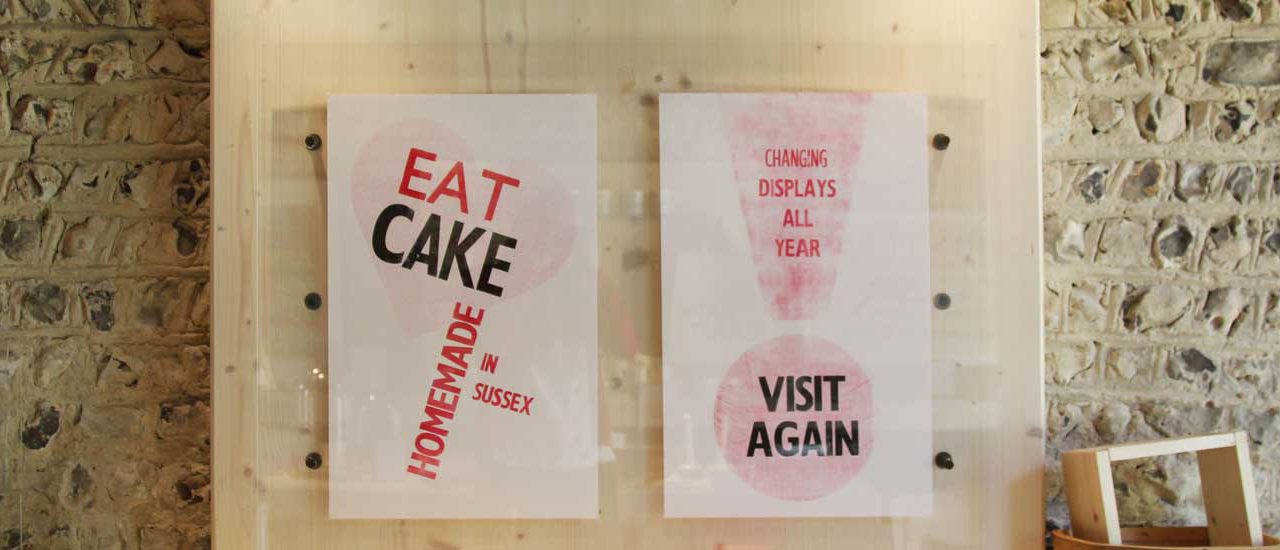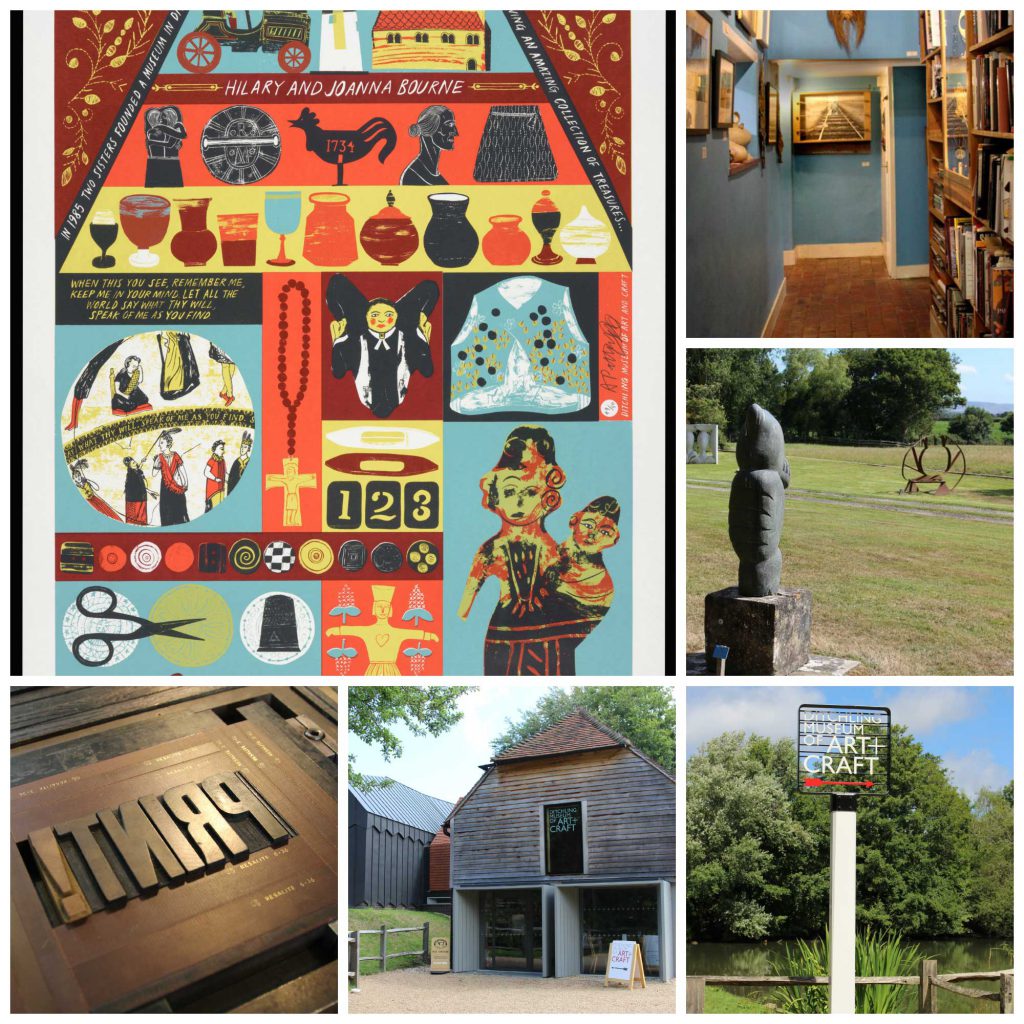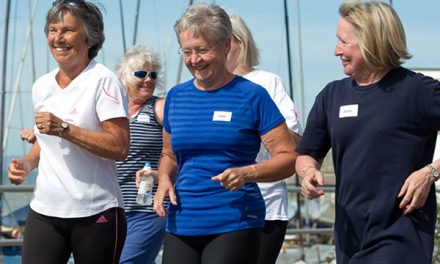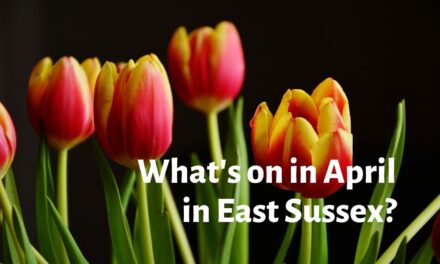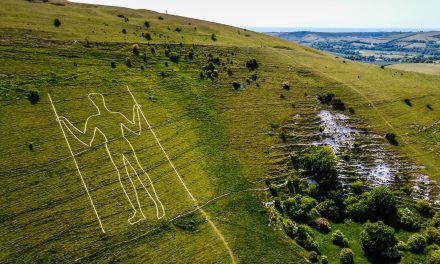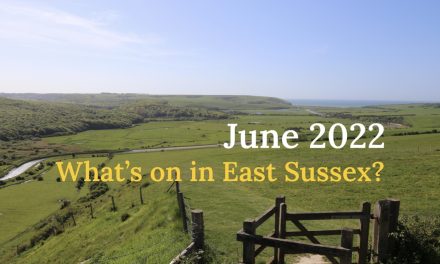As a huge cake fan, the first thing I noticed when opening the doors of Ditchling Museum of Art + Craft, were the amazing cakes staring at me in the quirky looking café of the museum.
So much so that the minute we had finished looking round, the carrot cake and caramel slice were ordered – and did not disappoint.
Last year the museum was shortlisted for Art Fund Museum of the Year award, but it is still a hidden gem that according to my research (of asking about five people), few people know about. My guide, who happens to be the Director, Nathaniel Hepburn, began the tour by explaining that 2015 is the thirtieth anniversary since the museum was founded by two sisters, Joanna and Hilary Bourne.
After donations and funding from the Heritage Lottery Fund, major refurbishments were carried out before the museum was reopened by Sir Nicholas Serota, Director of Tate, in 2013.
“I have known the museum a long time, as I used to visit as a child and it’s such a beautiful place to come to work,” Nathaniel says. Nathaniel began the tour in the introductory gallery, which contains a
cabinet of curiosities of arts and crafts. There is also an annual loan of two Eric Gill sculptures on display. The area then leads into a large gallery space, which I’m told used to be broken up into lots of
smaller spaces before the refurbishment.
Ditchling: a meeting ground for artists
Ditchling has a reputation for being a meeting ground for artists, and this space is a celebration of that, with works from local artists such as Edward Johnston, who created the font for the London Underground, and David Jones.
Nathaniel says: “As well as special works, we also celebrate the making, such as having Edward Johnson’s desk. There are works from silver smith Dunstan Pruden, whose grandson shares jewellery shop in the village and weaving works from Ethel Mairet, who is known for using plants to make dyes. And today at the museum there are courses in how to replicate this method using plants from the garden. There are also workshops in everything from letter press printing to making your own gifts.
So what are Nathaniel’s favourite hidden gems of East Sussex?
“I love the simplicity of Fisherman’s Green in Eastbourne. You can get fish, sit on the beach, watch boats and jump on the train. I also like Adams of Rye – it’s an old print workshop which is still producing
everything by hand,” Nathaniel says.
Entertaining Picasso at Farley Farm House
Next on the hidden gems trail is Farley Farm House, home of the surrealists, in Muddles Green, Chiddingly.
Antony Penrose started the tour by saying that growing up at Farley Farm House seemed perfectly normal as a child. But then most children don’t have Picasso round for tea. Antony and his parents, the photographer Lee Miller and artist, Roland Penrose, moved to Muddles Green in 1949. And it soon became a meeting place for people like Pablo Picasso, Man Ray, Joan Miró, Desmond Morris and Max Ernst.
“It was lovely growing up here. During the week it was quiet, as my nanny looked after me while my parents were in London. And at the weekend there were lots of crazy people here. My parents would invite young and established artists and before we knew what was happening, they would have cooked up a few projects.
“I have especially fond memories of Picasso. I was three-and-a-half when I bit him and he bit me back. He was very playful and friendly and smelt of Gauloise cigarettes.
“For me it all seemed normal and it took some time for me to really understand their work,” Antony says.
The only female combat war photographer in Europe
After Antony’s mother died in 1977, he came across her photographs in the loft. As the only female combat war photographer in Europe during the Second World War, she had witnessed and photographed many atrocities. But she had rarely talked about her work and later Antony discovered she had suffered Post-Traumatic Stress Disorder.
“I remember she became an alcoholic and later self-recovered, which was remarkable. She then hit the kitchen and became a gourmet cook. The surrealism in the house followed her, so we were often fed the likes of green chicken.
“She was wild and untameable and my father was solid, calm and polite. Our favourite family outings were visiting Birling Gap or if we were being adventurous, going to the old town in Hastings, which was very underdeveloped in the 1950s. It was a big deal to get fish and chips and a strong cup of tea. After eating blue spaghetti, it was wonderful,” Antony says.
The tour then moved into the dining room, which is full of Roland’s works. It is clear he was fascinated by the Long Man of Wilmington, as it features as a striking painting on the fire place. While other rooms contain some of Lee’s photographs taken during the war. Antony adds: “What I love is that Lee has become such a source of inspiration for young women and I find it wonderfully moving. And I still find it odd how my house I have always lived in became a museum and something of such significance.”
Where are the hidden gems?
Ditchling Museum of Art + Craft is on Lodge Hill Lane. Prices start from £5.50 for a ticket.
Farley Farm House is in Chiddingly. Tours take place on Sunday’s and cost £9.50 per person.
This month sees the launch of an exhibition of Lee Miller’s photographs at the Imperial War Museum in London.
